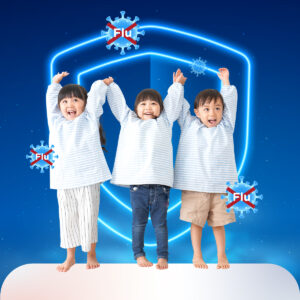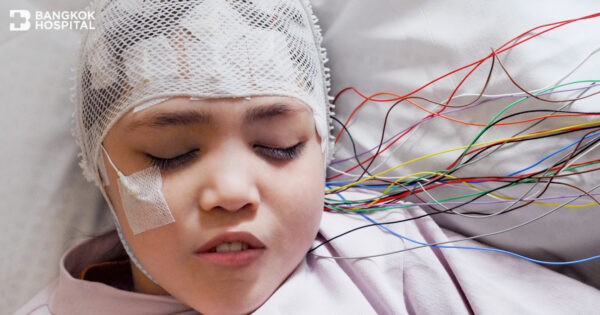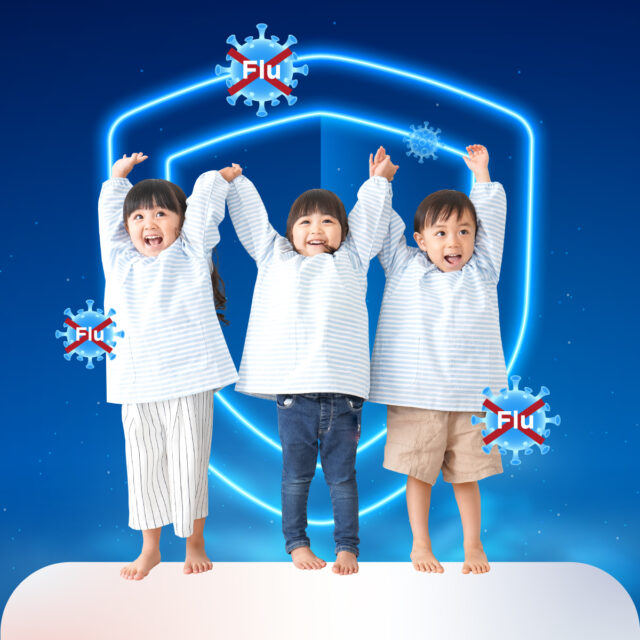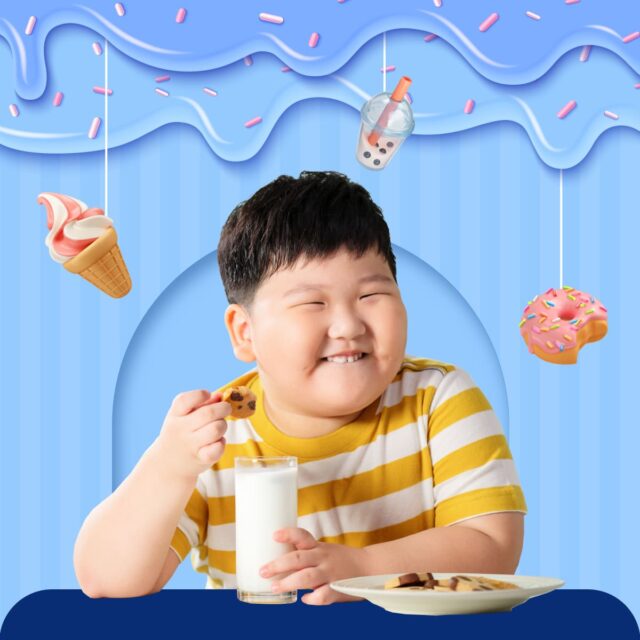The most common neurological disorder in children is epilepsy, which can also be experienced by people of all ages regardless of gender. In children, it is found that 3.5 million children are afflicted by the disease around the world each year, with about 40% of them aged less than 18 years old. Taking the entire population into consideration, this means there are 3.5 to 7.2 epilepsy cases in children for every 1000 people. This sickness must not, therefore, be overlooked.
Epilepsy in Children
Epilepsy is caused when there is an abnormal electrical signal in the brain. It can result in a complete seizure of the body or a changed state of consciousness and staring. This disease can greatly affect the child as well as the family, including the child’s development, care, socializing ability, and learning. It is therefore critical that the disorder is correctly diagnosed and the treatment is properly prescribed.
Causes of Epilepsy in Children
There are a number of causes for epilepsy, including:
- Genetic disorder.
- Abnormality in the brain’s formation, which can be the brain tissues or blood vessels such as the cases of AVM (arteriovenous malformation) or brain tumors.
- Complications during childbirth or thereafter (e.g., lack of oxygen during delivery).
- Infection of the brain.
- Autoimmune disease.
- Unknown factors – found in almost half of all the patients.
Symptoms of Epilepsy in Children
Symptoms of epilepsy can occur in many forms, depending on the area of the brain that malfunctions. The patient may exhibit the following signs:
- Confusion
- Staring
- Muscles twitches
- Unconsciousness
- Strange behaviors (e.g., laughing for no reason, unexplained fear) which require treatments by a medical specialist as well as additional appropriate diagnoses.

Epilepsy Diagnosis
Epilepsy diagnosis will depend on the exhibited symptoms. The doctor will examine your child’s medical history in detail and may employ advanced medical equipment to determine the cause. For example:
- 24-hour video electroencephalogram (EEG) monitoring to help locate the source of the abnormal electrical signal in the brain.
- Radiology imaging, including:
- Computerized tomography (CT) scan
- Magnetic resonance imaging (MRI)
- Other methods such as Positron emission tomography (PET), Single-photon emission computerized tomography (SPECT), Interictal SPECT, Ictal SPECT scans.
- Laboratory tests such as blood work and genetic material tests which may point to the cause of epilepsy, etc.
Treatments of Epilepsy
There are 2 main methods to treat epilepsy:
- Medication to prevent seizure.
- Others: e.g., Ketogenic diet that a specialist will arrange for a child patient, or surgery which may include Vagus Nerve Stimulation (VNS) or neurosurgery to correct other common afflictions such as stimulation to treat a child’s delayed development, etc.
Epilepsy in children is something you, as a parent, should not overlook as it can occur without warning. If your child exhibits any of the symptoms, it is critical to consult a team of well-qualified and experienced specialists (pediatrics as well as other disciplines) at a hospital that is equipped with advanced tools and the ability for close monitoring around the clock – all of which will help alleviate the your child’s anguish and lessen the severity of epilepsy in the long run.











